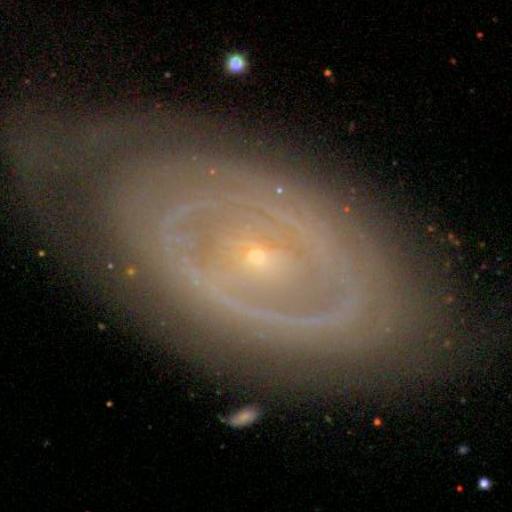What is the best approach to determine the ellipticity of galaxies in the SDSS DR12. I have read this page. Are those really good methods?
Do flux-weighted second moments (as given in the stokes parameters) really give the correct value for ellipticity?
Also I am not sure what table field they actually refer too (in the Galaxy view) when talking about the method using the Adaptive Moments. For example where can I find the m_rr_cc value for the method described here?
Update
I have calculated the ellipticity of a spiral galaxiy with two different methods using data from SDSS DR7. First I used the method using the stokes parameters and second I used the values for isoA and isoB. Both calculations where done in the r-band.
The data can be obtained with the following CAS Query:
SELECT
g.objid as objId,
/* stoke parameters*/
q_r,u_r,
/* iso_a, iso_b */
isoA_r,isoB_r
FROM Galaxy AS g
WHERE
g.objid = 587722982832013381
yielding the result
objId: 587722982832013381
q_r : -0.1206308
u_r: 0.002988584
isoA_r: 169.3949
isoB_r: 84.78848
The ellipticity by stoke parameters is given by
$$ e = 1 - \frac{b}{a} = 1 - \frac{1 - \sqrt{Q^2 + U^2}}{1 + \sqrt{Q^2 + U^2}}. $$
The ellipticity from isoA and isoB is very given by
$$ e = 1 - \frac{isoB}{isoA}. $$
But I get completely different results when I use isoA and isoB or the stoke parameters. I get:
ellipticity from stoke parameters: 0.2153498356
ellipticity from 1-(isoA/isoB): 0.4994626166
The results can be reproduced with the following python code:
import math
def ellipticityStokes(q, u):
e = 1 - ((1-math.sqrt((q**2) + (u**2)))/(1+math.sqrt((q**2) + (u**2))))
return e
def ellipticityNormal(a, b):
e = 1 - (b/a)
return e
q = -0.1206308
u = 0.002988584
isoA = 169.3949
isoB = 84.78848
print(str(ellipticityStokes(q,u))) #0.2153498356239003
print(str(ellipticityNormal(isoA,isoB))) #0.4994626166431221
Looking at the image

(and compare with this website from Buta) I would say the value 0.4994626166 (from isoA and isoB) makes more sense. The value calculated from the stokes parameters is just wrong I think.
What is the mistake here? I would expect both calculations to yield similar results.
However for newer data releases isoA and isoB are not available any more because they seem not to trust those value? What should I do with newer data releases as DR12?